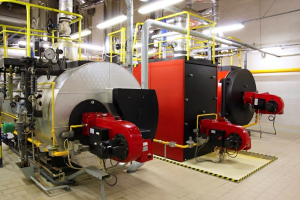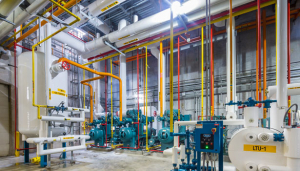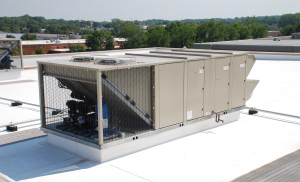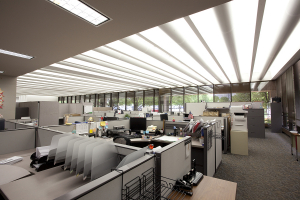Commercial buildings—our offices, schools, hospitals, restaurants, hotels and stores—consume nearly 20% of all energy used in the United States, and we spend more than $200 billion each year to power the country’s buildings.
Unfortunately, much of this energy and money is wasted. A typical commercial building could save 20% on its energy bills simply by commissioning existing systems so they operate as intended. If a facility manager knows where to look and what changes to make, unnecessary costs can be eliminated.
Here are five building areas that should be checked and strategies to minimize energy waste.
When was the last time your elevator’s efficiency was evaluated? Can you remember? You’re not alone if it’s been awhile, but new technologies can make a big dent in your elevator’s energy draw. If you have a hydraulic version for a low-rise building, improvements such as properly adjusting valves, implementing sequential standby modes, and improvements to the cab such as door-operating motors can save up to half of elevator energy use. Additionally, be sure to take a look at advanced software packages that can streamline elevator operations while improving efficiency.
It’s not the most glamorous of tasks, but keeping your building’s boiler properly maintained can not only ensure continued performance but can also maximize its efficiency. Make sure the tubes and traps are clean and clear – if they’re obstructed, they can block heat flow and compromise the boiler’s efficiency. Keep in mind that if your boiler uses #2 fuel oil rather than natural gas, you may have to check more often as the fuel oil does not burn as cleanly as gas, leaving soot that reduces efficiency.
Optimizing motor speeds with variable frequency drives can not only cut energy use, as a 20% reduction in speed creates up to 50% energy savings, but it can also extend the life of your equipment. VFDs can be useful for equipment such as chillers, cooling power pumps, air handling units, and others. Don’t forget to check to see if your state’s energy office or local utility offers demand-side management rebates for VFD implementation, which can help offset the initial cost and produce even bigger savings.
How are your condenser coils performing these days? If their performance isn’t what it used to be, some cleaning may be in order as the DOE reports that a dirty condenser coil can increase energy consumption up to 30%! Not only that, but failing or degrading coil performance can cause IAQ to suffer and reduce your motor’s functional life. To avoid these issues, schedule annual HVAC coil cleanings to ensure nothing’s building up.
While your office space should be adequately lit, improperly placed or overpowered light fixtures can create strain for busy occupants and can also jack up your electricity bill. Polling your occupants to learn how they feel about the illumination in their space is a good start, but a light meter that measures footcandle readings can also be a valuable tool for interpreting light levels and assessing whether or not they should be changed.
Source: Buildings








